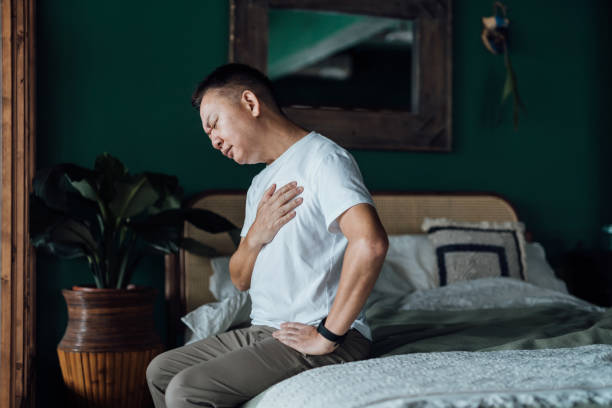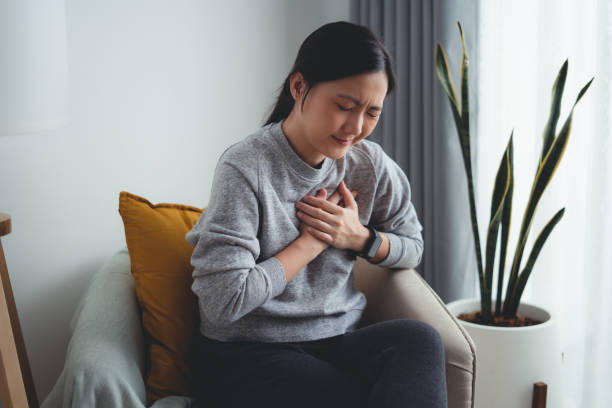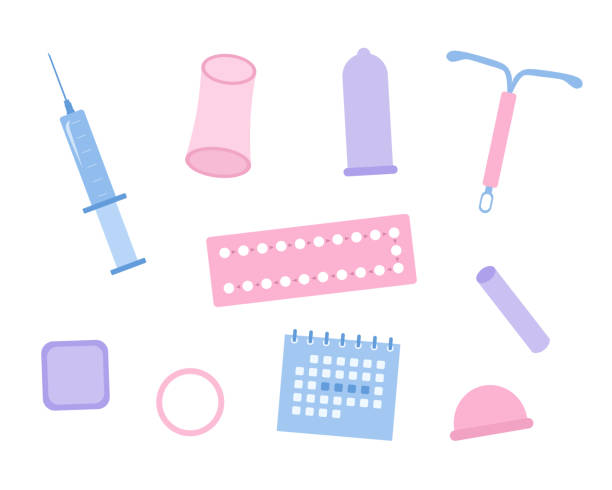What’s a Stroke Anyway?

Image from iStock
First off, let’s understand what a stroke is. It’s when the brain doesn’t get the oxygen and nutrients it needs. This can happen in two main ways: either blood vessels in the brain get weak and burst, known as a hemorrhagic stroke, or there’s a blockage caused by clots or plaque, leading to an ischemic stroke. Both types can cause serious damage or even be fatal.
Life After a Stroke
If you’re lucky enough to survive a stroke, you might not be out of the woods. Many stroke survivors face long-term disability, increased risk of depression, and memory problems. But there’s hope – it’s possible to reduce the burden of stroke and bridge global disparities.
The Gender Factor

Image from iStock
Now, here’s an interesting twist – women have some unique stroke risk factors. In the United States, about 55,000 more women than men have strokes each year. Why? Well, one big factor is age. As we get older, we’re more likely to experience things like high blood pressure, high cholesterol, and artery issues, all of which raise our stroke risk.
Hormones and Stroke Risk

Image from iStock
For women, those hormonal changes during perimenopause and menopause can be a game-changer. The hormone estrogen might help keep our blood vessels relaxed and our cholesterol levels in check. But when our bodies stop producing estrogen, the risk of stroke and other heart problems goes up. Studies even show that women who experience early menopause have a higher risk of stroke.
The Hormone Therapy Dilemma
Now, here’s a tricky bit – hormone therapy. While it can help with menopausal symptoms, it might also increase your stroke risk. It’s a double-edged sword. Research suggests it’s safer if you start it at a younger age or closer to menopause, but it’s a conversation to have with your doctor.
Birth Control and Pregnancy

Image from iStock
If you’re on hormonal birth control, especially with high blood pressure, smoke, or get migraines, you could be at a slightly higher risk of stroke. Also, some studies indicate that infertility treatments and transgender women using estrogen for gender affirmation might face an increased risk. Pregnancy and the post-pregnancy period aren’t a walk in the park either – the changes in your blood volume can lead to a higher risk of clots and stroke, particularly if you gain excessive weight, develop pre-eclampsia, or gestational diabetes.
Racial Disparities
In the United States, Black women face a disproportionate risk of stroke compared to other groups. This could be due to a combination of factors, including a history of racial discrimination, limited access to healthcare, higher rates of high blood pressure, elevated cholesterol, obesity, and genetic conditions like sickle cell anemia.
Preventing Strokes in Women – How to Stay Safe
Okay, enough with the heavy stuff. Let’s talk about how you can reduce your stroke risk as a woman:
- Keep an eye on that blood pressure from a young age.
- Regular check-ups from your 20s can catch high cholesterol or diabetes early.
- Ditch that smoking habit and aim for at least 150 minutes of exercise a week.
- Watch your diet, avoid saturated fat, trans fat, and sodium. Think Mediterranean or DASH diets – they’re your friends.
- Know your family history and talk to your doctor about birth control if you’re high-risk.
- If you’re pregnant or going through menopause, discuss blood pressure monitoring with your healthcare provider.
- In your 60s, an ankle-brachial index test can check for plaque buildup in your leg arteries.
Image from iStock
In a nutshell, it’s vital for women to understand their unique stroke risks and take steps to stay safe. By being proactive and leading a healthy lifestyle, you can lower your chances of experiencing a stroke. So, take care of yourself and keep these tips in mind at every stage of life. Your health is your best friend!